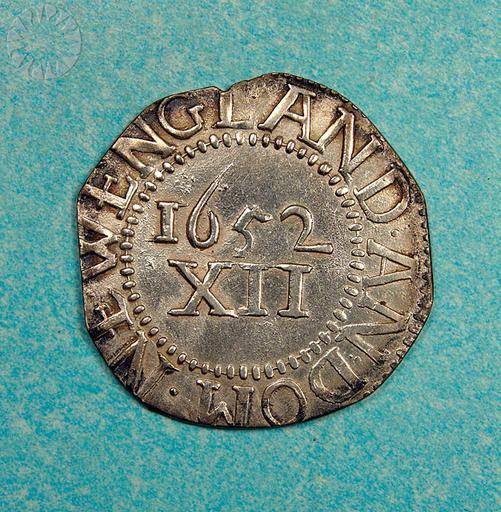MAKE A MEME
View Large Image

| View Original: | Massachusetts,_Pine_Tree_Shilling,.jpg (626x640) | |||
| Download: | Original | Medium | Small | Thumb |
| Courtesy of: | www.flickr.com | More Like This | ||
| Keywords: legendary coins legendarycoins numismatics money smithsonian probably public domain probablypublicdomain circle round ancient text SI Neg. 2005-27361. Date: 9/1/2005...As early as 1650, the colony of Massachusetts Bay was a commercial success. But an inadequate supply of money put its future development in jeopardy. England was not inclined to send gold and silver coins to the colonies, for they were in short supply in the mother country. .Taking matters into their own hands, Boston authorities allowed two settlers, John Hull and Robert Sanderson, to set up a mint in the capital in 1652. The two were soon striking silver coinage-shillings, sixpences, and threepences. Nearly all of the new coins bore the same date: 1652. .This was the origin of America's most famous colonial coin, the pine tree shilling. The name comes from the tree found on the obverse. It may symbolize one of the Bay Colony's prime exports, pine trees for ships' masts. Massachusetts coinage not only circulated within that colony, but was generally accepted throughout the Northeast, becoming a monetary standard in its own right. .Why the 1652 date? Some believe that it was intended to commemorate the founding of the Massachusetts mint, which did occur in 1652. Others believe the choice was a reflection of larger political events. Coinage was a prerogative of the King. In theory, these colonists had no right to strike their own coins, no matter how great their need. .But in 1652, there was no King. King Charles had been beheaded three years previously, and England was a republic. The people in Massachusetts may have cleverly decided to put that date on their coinage so that they could deny any illegality when and if the monarchy were reestablished. .This "1652" shilling is likely to have been minted around 1670. In 1682, the Hull/Sanderson mint closed after closer royal scrutiny of the operation..Click here to view the reverse...Credit: Tom Mulvaney (Smithsonian Institution) SI Neg. 2005-27361. Date: 9/1/2005...As early as 1650, the colony of Massachusetts Bay was a commercial success. But an inadequate supply of money put its future development in jeopardy. England was not inclined to send gold and silver coins to the colonies, for they were in short supply in the mother country. .Taking matters into their own hands, Boston authorities allowed two settlers, John Hull and Robert Sanderson, to set up a mint in the capital in 1652. The two were soon striking silver coinage-shillings, sixpences, and threepences. Nearly all of the new coins bore the same date: 1652. .This was the origin of America's most famous colonial coin, the pine tree shilling. The name comes from the tree found on the obverse. It may symbolize one of the Bay Colony's prime exports, pine trees for ships' masts. Massachusetts coinage not only circulated within that colony, but was generally accepted throughout the Northeast, becoming a monetary standard in its own right. .Why the 1652 date? Some believe that it was intended to commemorate the founding of the Massachusetts mint, which did occur in 1652. Others believe the choice was a reflection of larger political events. Coinage was a prerogative of the King. In theory, these colonists had no right to strike their own coins, no matter how great their need. .But in 1652, there was no King. King Charles had been beheaded three years previously, and England was a republic. The people in Massachusetts may have cleverly decided to put that date on their coinage so that they could deny any illegality when and if the monarchy were reestablished. .This "1652" shilling is likely to have been minted around 1670. In 1682, the Hull/Sanderson mint closed after closer royal scrutiny of the operation..Click here to view the reverse...Credit: Tom Mulvaney (Smithsonian Institution) | ||||